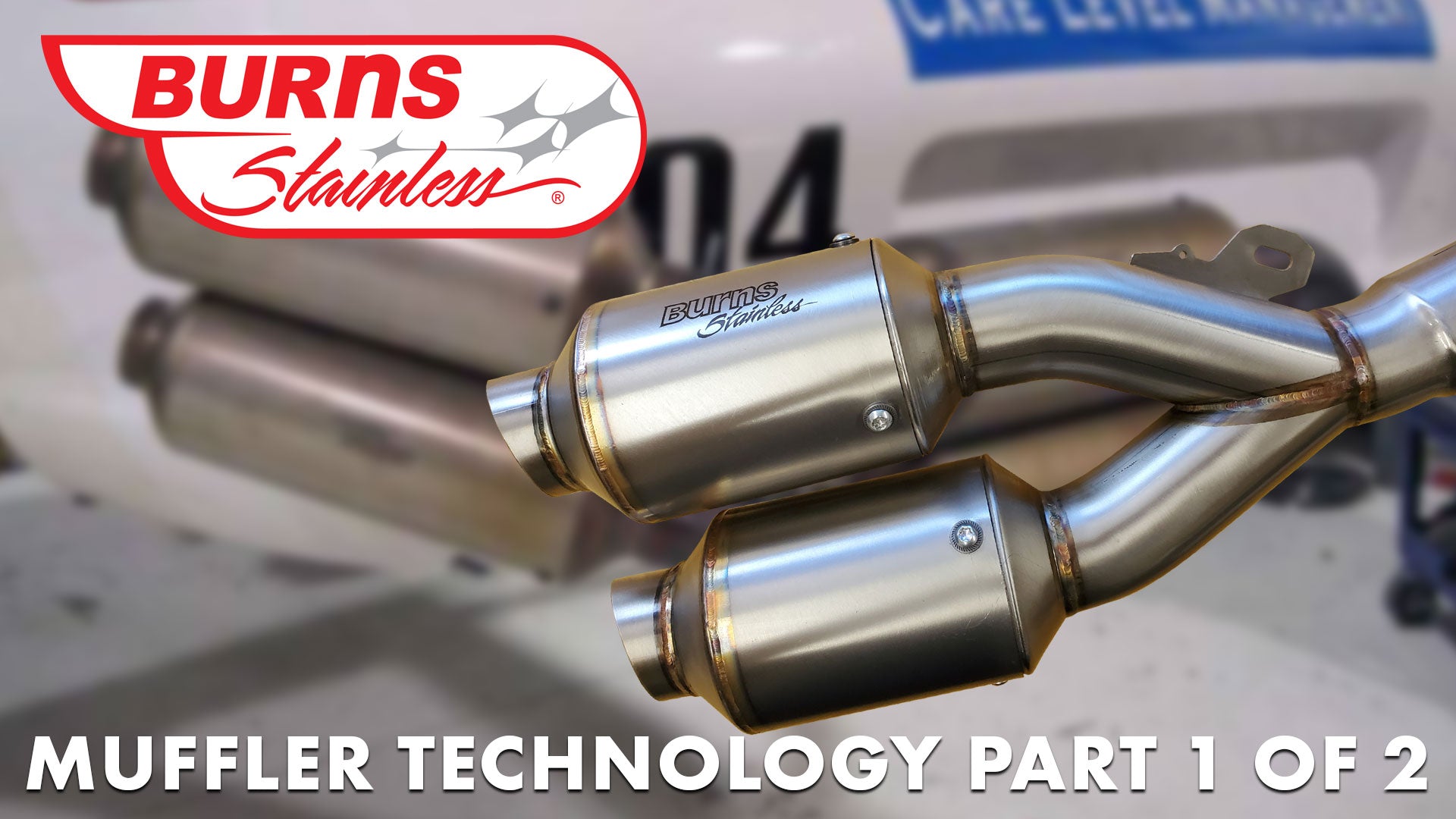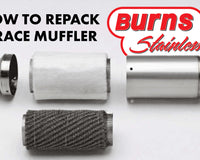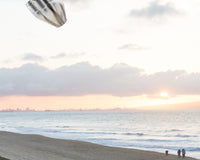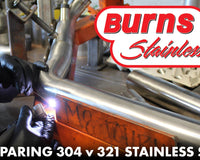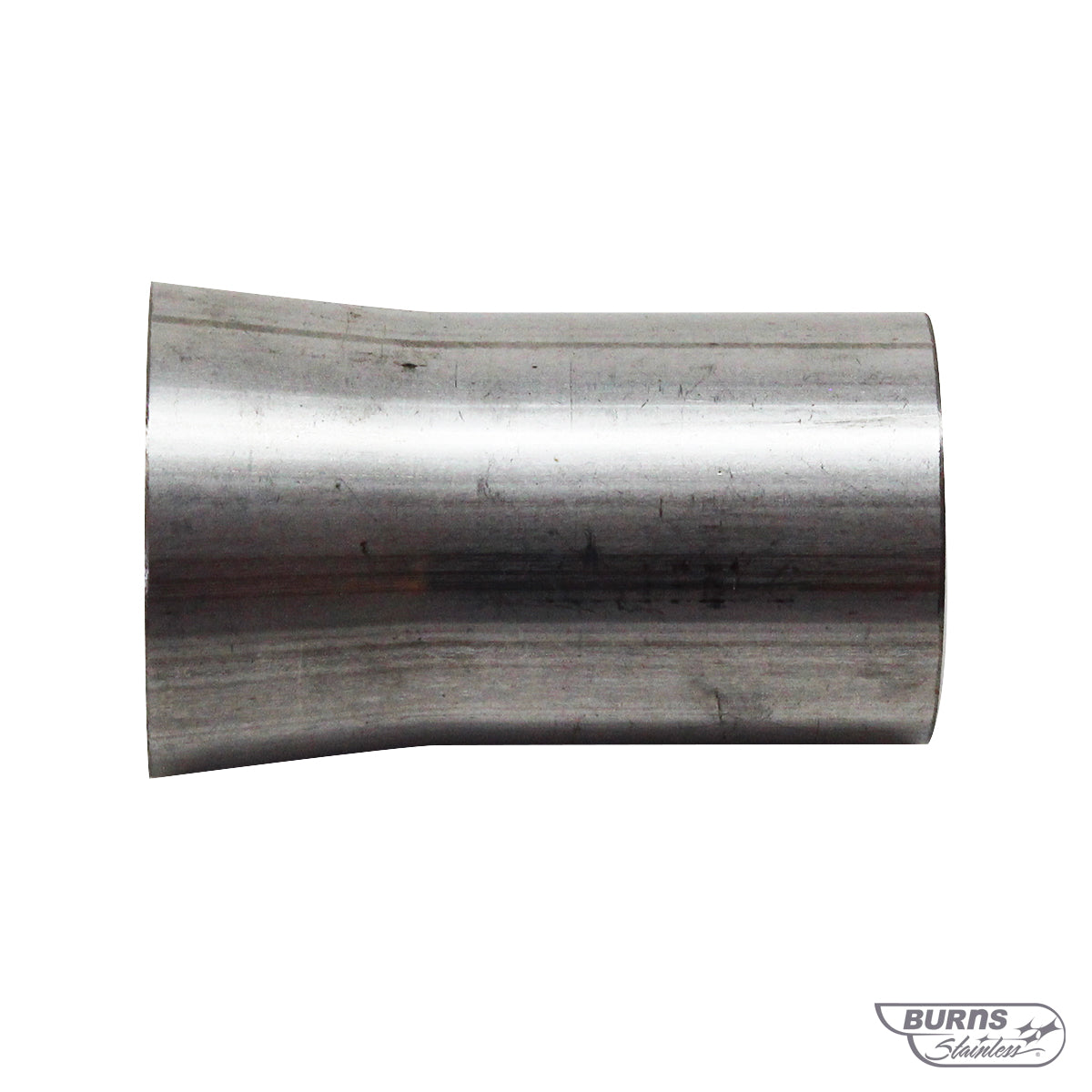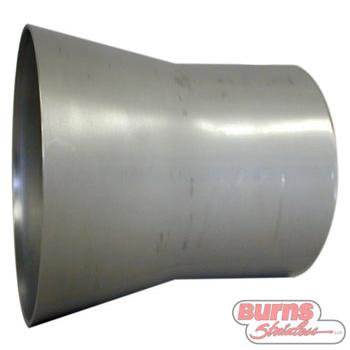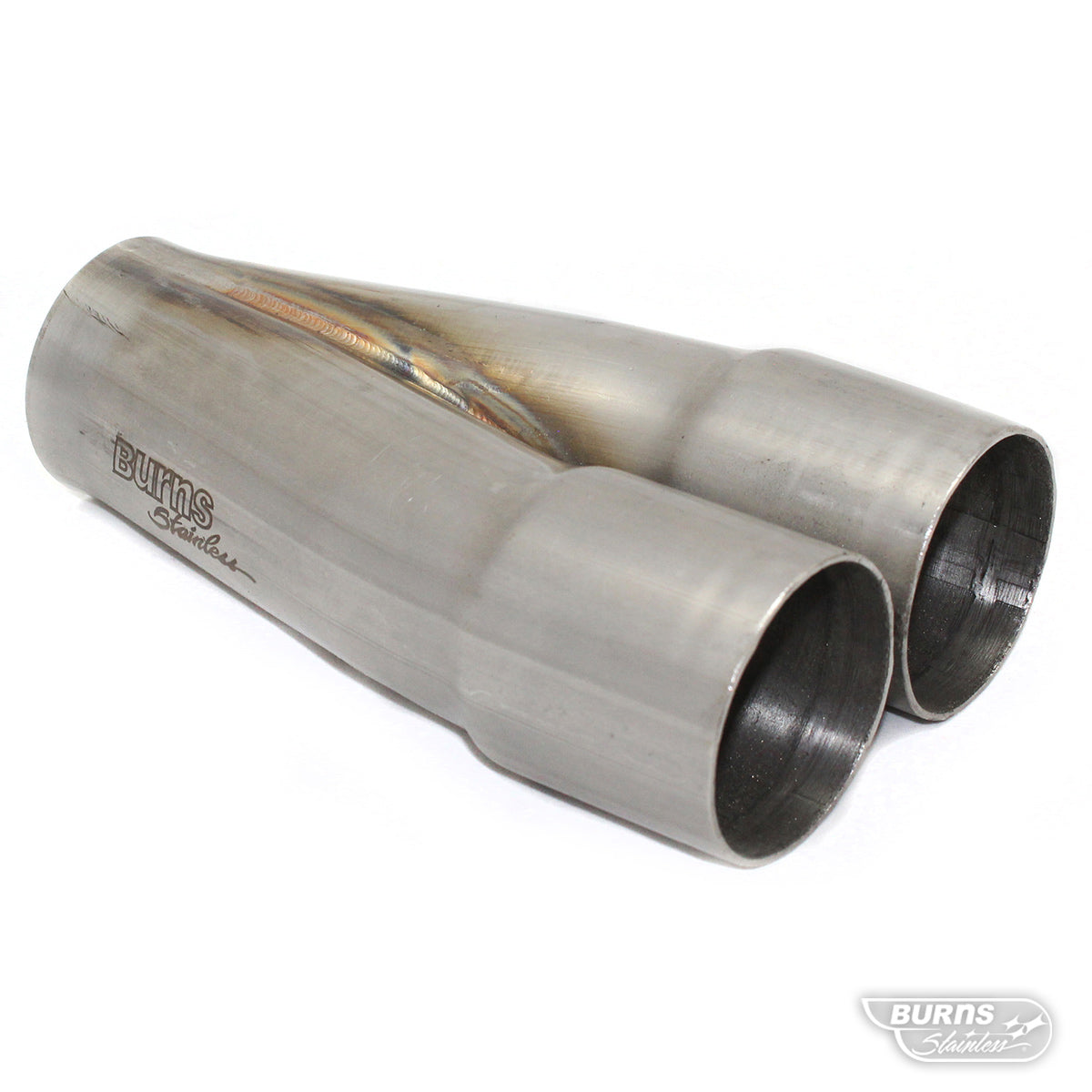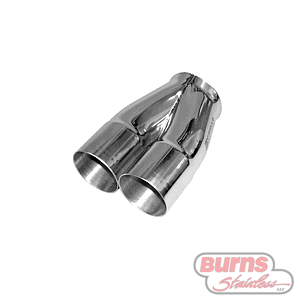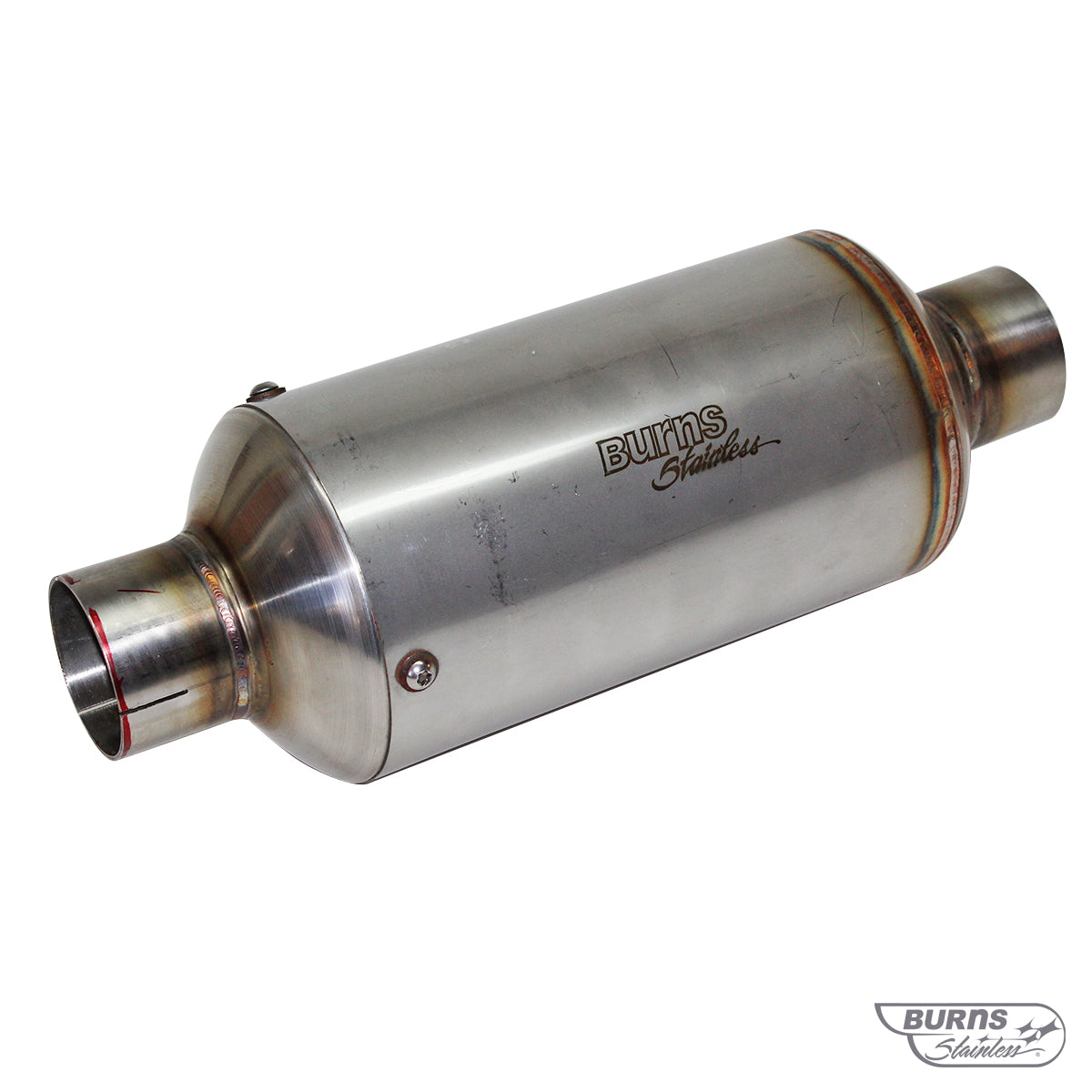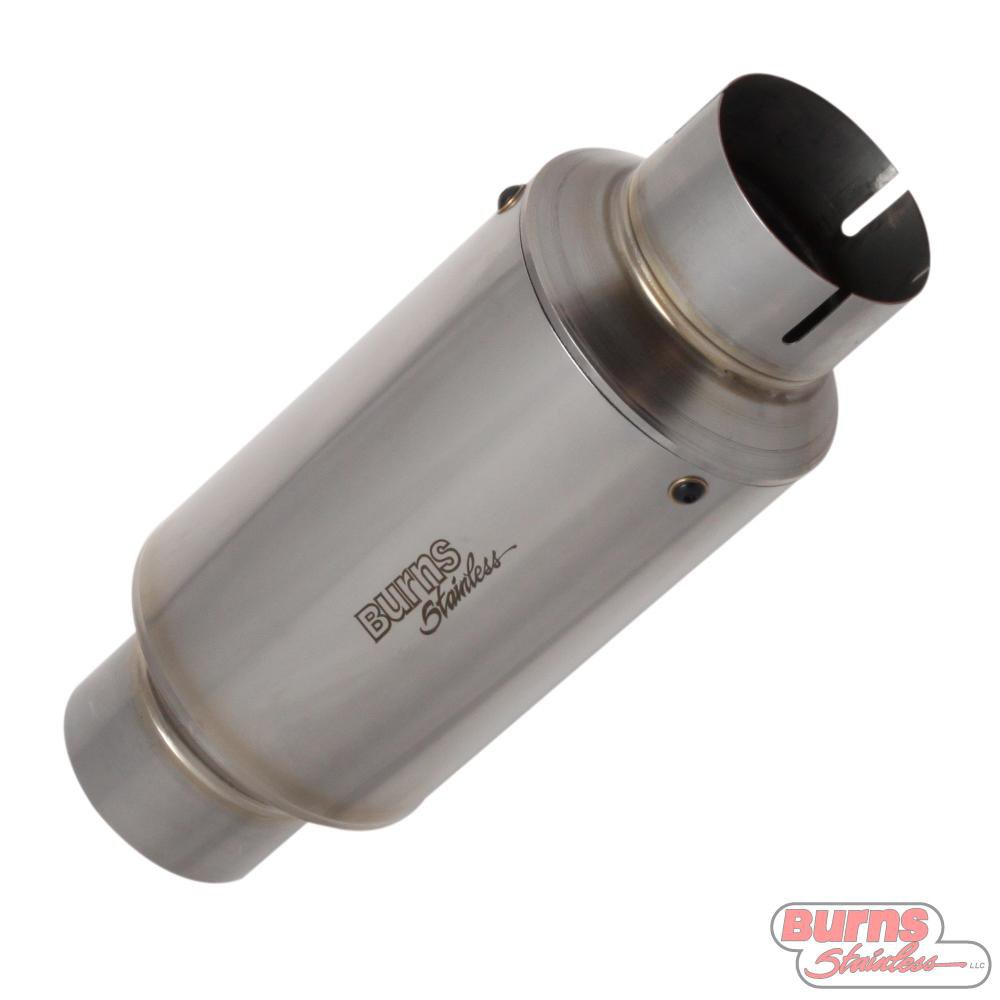Muffler Technology – Part 1 Sound Measurement
Over the past few years, as residential homes have been built closer and closer to race tracks, there has been a strong movement towards reducing the sound from race cars. At some tracks, such as Laguna Seca in California, the sound limits have become so low, 92 dB in this case, that some street cars with OE exhaust systems will not pass without modification. Case in point is a late-model Porsche 911 GT3 (997). The OE exhaust is equipped with valves that by-pass the main mufflers at high rpm conditions. With the bypass activated, a GT3 will get black-flagged at the track. The bypass valve on the GT3 can be electronically, or mechanically “bypassed” so that the car will pass sound, but many racers would prefer to shed some of the weight of the OS exhaust. I have heard other stories of cars with mufflers strapped to the rear bumper just to be able to race. Though exhaust muffler technology is the focus of this article, it is important to note that the main sources of noise from an automobile also include intake noise and general mechanical noise.
Sound is caused by small amplitude pressure waves. Consider a loudspeaker cone that oscillates in air. When the cone moves forward, it pushes the air causing a localized higher than ambient pressure. As the cone recedes, it imparts a slightly lower pressure forming a sound wave. The pressure of the wave pushing on our eardrum is what we hear as sound. The higher the pressure of the wave, the louder we hear the sound. In an engine, the exhaust noise is caused predominantly by the combustion pressure emanating from the exhaust valves of the engine.
Sound pressure is normally measured on a decibel (dB) scale. The dB scale is a logarithmic scale, therefore a 10 dB increase in sound is actually a ten- fold increase in sound pressure – i.e. 100 db is 10 times louder than 90 dB and 110 dB is 100 times louder than 90dB. Many race tracks have dB limits of around 100-110 dB. So you can see, the 92 dB limit at Laguna Seca is quite restrictive as compared with other tracks.

Another aspect of sound is that its intensity drops by the inverse square of the distance from the sound. Because of the logarithmic scale, each time you double the distance from the sound source, the sound level drops by 6dB. For example, a sound that measures 100 dB at a distance of 10 feet will measure 94 dB at 20 feet. And at 40 feet from the same source, the sound level would drop another 6dB to 88dB. When assessing whether or not your car will meet sound at a track, you must know where the sound will be measured. Some race classes will measure the sound only a few feet away from the exhaust pipe with the engine operating at a particular rpm. At some venues, the sound is measured at trackside and some even measure the sound at the property line because that is how the local government agency monitors the track operator. What is a racer to do?
The final aspect of sound measurement I’d like to discuss is the different dB scales used. You will see that there are three main dB scales that are used. The dB scale, the dBA scale and the dBC scale. Each of these scales weight different sound frequencies differently. The dB scale is a “flat” response and all frequencies are given the same weighting. It is the preferred scale for scientific research as the frequency data is essentially raw. The dBA scale is weighted to the way the human ear hears different frequencies (see figure).

Really high and really low frequencies are given less weighting in order to approximate what a human would most likely hear. This scale is the one most often used to measure environmental sound and is normally the scale used at race tracks for muffler testing. As you can see from the response curve, in order to lower the dBA reading of a sound source, it is most effective to reduce the sound in the 1,000 – 10,000 Hz range. The dBC scale is required by standards to be available on sound meters, but no one remembers why. It is used for some industrial noise applications.
The most intense sounds are from the exhaust and intake respectively. Many racers only concentrate on exhaust noise but in many applications, the intake noise can be so great that it will lead to a car failing sound testing. The OE takes special care in designing intake systems to be very quiet by incorporating resonant chambers and good insulation to keep things quiet. Also, the air filter element is designed as a sound attenuation device and when replaced with a high flow filter, can lead to increased intake noise. The next installment of this article will review different muffler technologies and their application to motorsports.

